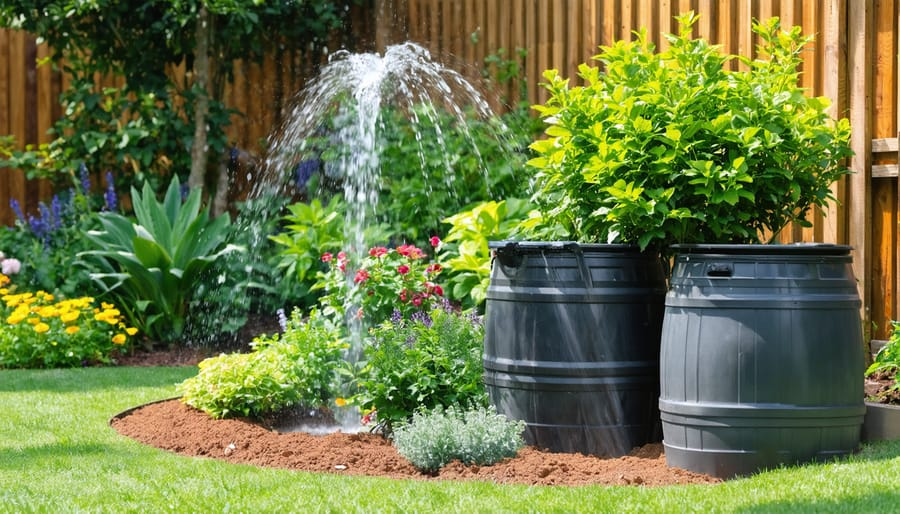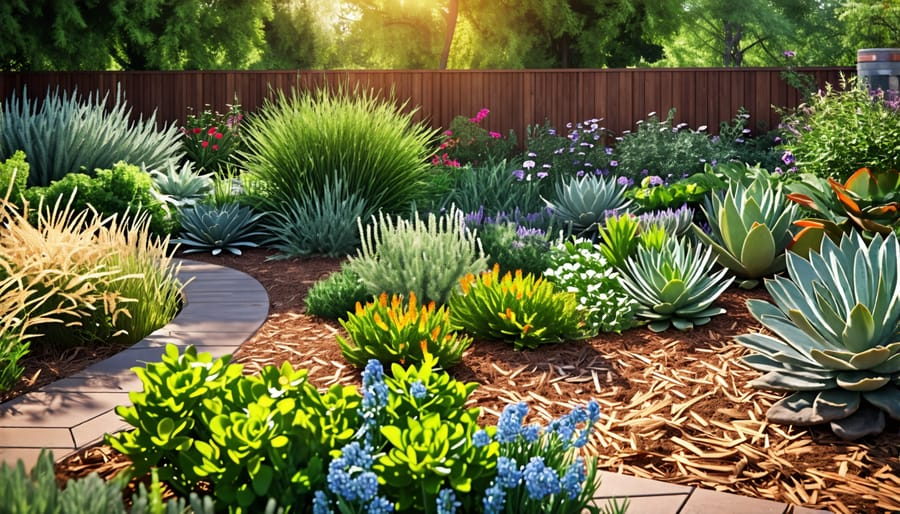
As the world steps into 2025, the conversation around gardening and landscaping is no longer just about beauty it is about sustainability, water conservation, and smarter plant care. With climate change bringing unpredictable rainfall and rising temperatures, homeowners, gardeners, and landscapers are seeking effective ways to maintain healthy gardens without wasting water. One innovative practice gaining widespread attention is hydrozoning.
Hydrozoning is more than a gardening buzzword it is a method of grouping based on their water needs. Instead of watering every the same way, hydrozoning allows you to separate into zones, ensuring each group receives the right amount of water. This approach not only saves resources but also keeps healthier and thriving.
In 2025, hydrozoning has become a top trend in care, blending sustainability with science to reshape the future of gardening.
Hydrozoning is the process of dividing a garden or landscape into different areas or zones based on plant water requirements. Each zone is designed to provide the exact amount of water its need.
For example:
This system prevents overwatering, reduces water bills, and ensures that no suffers from neglect.
The importance of hydrozoning has grown stronger in recent years. According to global water conservation reports, urban landscapes and gardens consume large amounts of water. In countries facing droughts, such as parts of the Middle East, Africa, and even California in the United States, water management has become a priority.
In 2025, hydrozoning is being adopted worldwide because it addresses three urgent needs:

Hydrozoning is not just about grouping plants—it is evolving with technology. Smart irrigation systems, powered by sensors and AI, are becoming popular in 2025. These systems can detect soil moisture, predict weather patterns, and automatically adjust watering schedules for each zone.
For example:
This combination of hydrozoning and technology is creating a new wave of “smart gardens,” where sustainability meets convenience.
Hydrozoning might sound technical, but it is simple to begin. Here’s a step-by-step guide for 2025 gardeners:
In 2025, hydrozoning is not limited to home gardens. Many cities are adopting it for public parks, commercial landscapes, and urban green spaces. Municipalities are using hydrozoning to cut down water usage in large parks while keeping them green and inviting.
In Dubai, for example, city planners are using hydrozoning combined with drought-tolerant plants to create sustainable landscapes in desert conditions. Similarly, U.S. cities like Phoenix and Los Angeles are integrating hydrozoning in urban planning to combat drought challenges.

Garden experts and landscape architects believe hydrozoning is the future of sustainable plant care.
“Hydrozoning is a game-changer for modern gardening,” says Dr. Maria Torres, a horticulture scientist in Spain. “It brings balance plants get the water they need, and we reduce wastage. In 2025, this is not just a trend, it’s a responsibility.”
Home gardeners also echo this sentiment. With rising awareness about eco-friendly living, more families are embracing hydrozoning as a practical and simple solution.
Looking ahead, hydrozoning will continue to grow as part of eco-friendly lifestyles. As smart homes become standard, smart gardens with hydrozoning will likely be integrated into urban housing.
Additionally, schools and community centers are beginning to teach hydrozoning as part of environmental education, encouraging the next generation to care for plants and conserve water.
By 2030, experts predict that hydrozoning will be a common practice not only in gardening but also in large-scale agriculture, reshaping how the world grows food sustainably.
Hydrozoning in 2025 is more than a gardening technique it is a sustainable lifestyle choice. By grouping plants based on their water needs, we save water, reduce costs, and keep gardens healthier. With the rise of smart technology, hydrozoning is easier and more effective than ever.
As the world faces increasing climate challenges, small steps like hydrozoning bring big changes. Whether you are a home gardener, a landscaper, or a city planner, this method is the key to smarter plant care and a greener future.
READ MORE:- Shobha Realty Launches Its Most Luxurious Project Yet—Full Details Inside 2025
